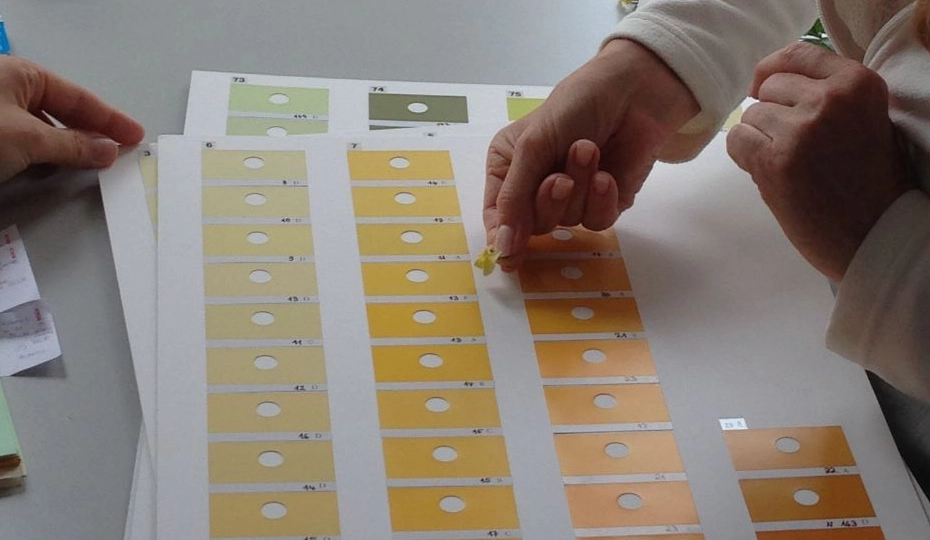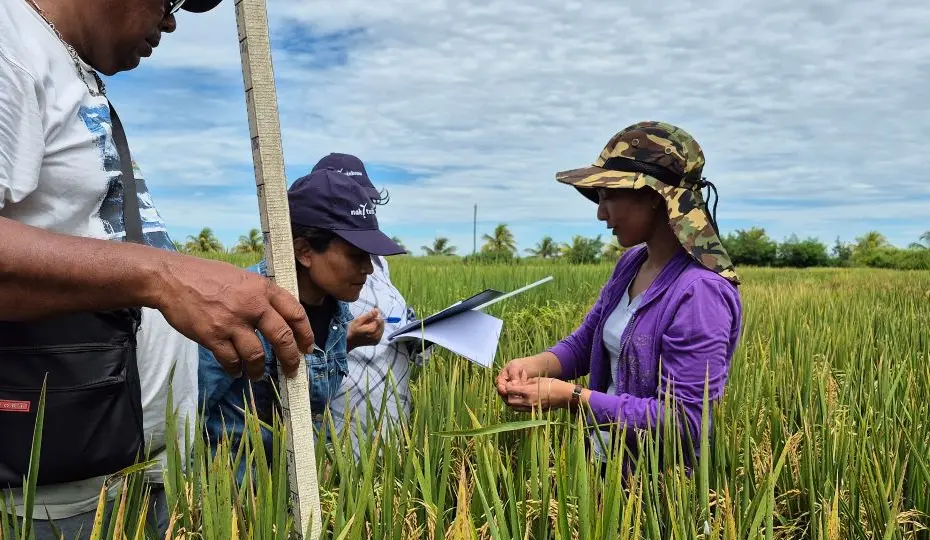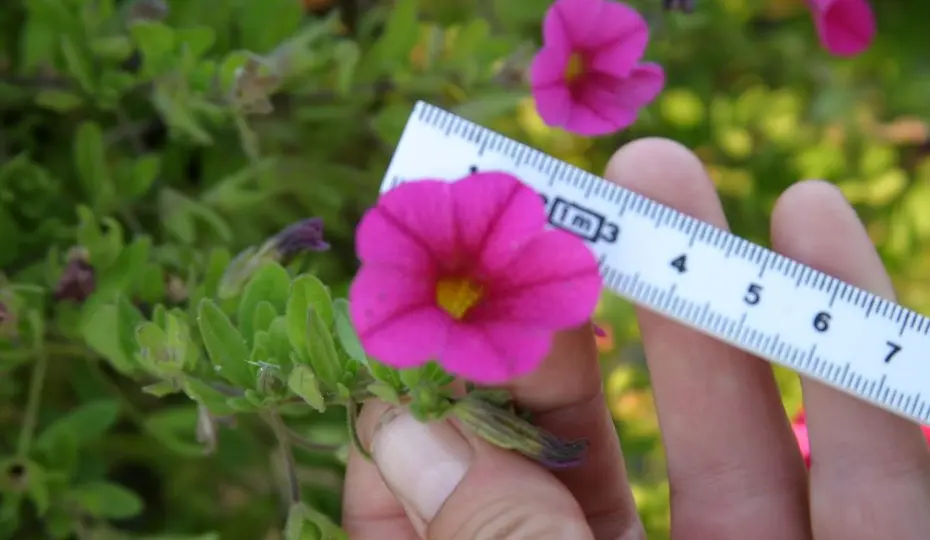Examining Distinctness, Uniformity and Stability
Plant variety protection can only be granted to a new plant variety after confirming the variety is:
- distinct (D) from any other variety whose existence is a matter of common knowledge, in any country, at the time of the filing of the application
- sufficiently uniform (U) and stable (S), or “DUS” in short.
The authority for granting plant breeders’ rights is responsible for the examination, or “DUS Test,”. This examination is based mainly on growing tests, carried out by the authority or by separate institutions, such as public research institutes, acting on behalf of that authority or, in some cases, on the basis of growing tests carried out by the applicant under the supervision of the authority.
UPOV guidance on DUS examination:
- sets out the principles and international standards to ensure that DUS examination is conducted in a harmonized way throughout UPOV members
- establishes the basis to facilitate cooperation among UPOV members
- helps to provide effective protection through the development of harmonized, internationally recognized descriptions of protected varieties.
Explore the UPOV Convention
- UPOV Conventions
- Guidance for the Preparation of Laws Based on the 1991 Act of the UPOV Convention (UPOV/INF/6)
Guidance and resources

IMAGE: UPOV/TAVEIRA
TGP documents
Test Guidelines Procedures for the examination of distinctness, uniformity and stability (DUS)

IMAGE: cOURTESY OF MARCO HOFFMAN
Test Guidelines
Detailed guidance for the harmonized examination of distinctness, uniformity and stability (DUS) of new plant varieties

IMAGE: courtesy of ERIC SCHULTE
TG template
UPOV online tool for drafting Test Guidelines for plant variety examination according to the UPOV Convention
Webinars
Environmental effect in expression of characteristics
Date: April 21, 2026
8:00 - 09:30 a.m. (Geneva time): registration link
3:00 -4:30 p.m. (Geneva time): registration link
Completeness and relevance of variety collections
Date: April 22, 2026
8:00 - 09:30 a.m. (Geneva time): registration link
3:00 -4:30 p.m. (Geneva time): registration link
Phytosanitary issues that prevent or delay submission of plant material
Date: April 23, 2026
8:00 - 09:30 a.m. (Geneva time): registration link
3:00 -4:30 p.m. (Geneva time): registration link
Technical webinars
- Characteristics used in Test Guidelines
- Drafting Test Guidelines
- Developing individual authorities Test Guidelines in the absence of UPOV Test Guidelines
- Image analysis in DUS examination
- DUS examination of Pepper varieties in Türkiye
- Involving breeders in DUS Examination
- Selecting similar varieties with electronic tools
- How to organize DUS examination and international cooperation
- Disease resistance and physiological characteristics in DUS examination
- Data processing techniques in DUS examination
- Phalaenopsis DUS Testing at Naktuinbouw, Netherlands
- How to organize DUS examination and international cooperation
- International harmonization in DUS examination
- Developing and using UPOV Test Guidelines
- Using molecular markers in DUS examination and the role of the BMT